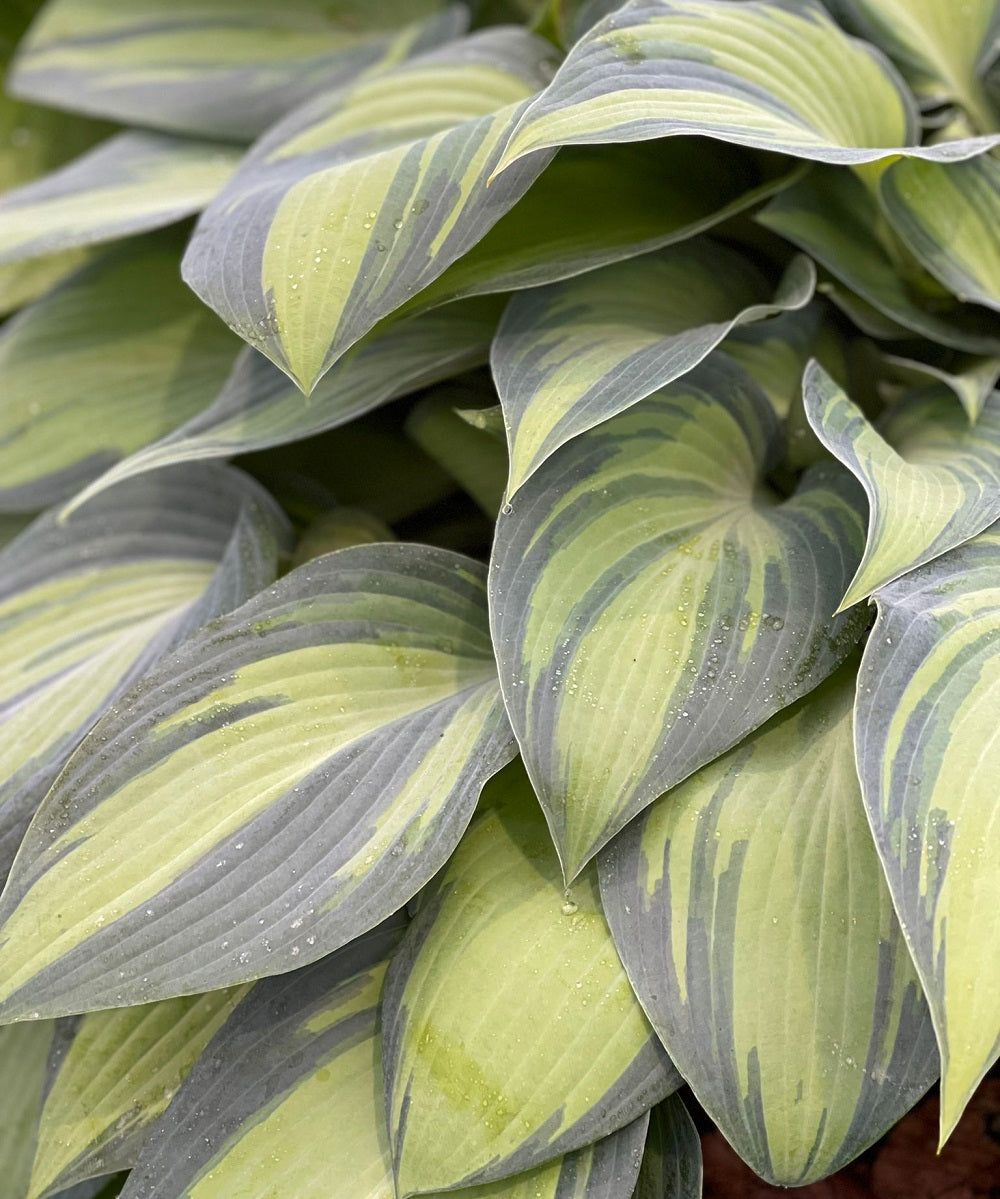
Do you find that some people just have the knack for growing hostas? It can be really frustrating when you try so hard and yours end up stunted and riddled in holes! Chances are they are probably doing at least one of these 3 things. Here are our 3 Top Tips for Perfect Hostas.
1. Early Slug and Snail Protection
So often whatever slug prevention that we choose to use in our garden, it is applied as a reaction to seeing the first few holes in the leaves. It is so important that whatever slug prevention you use is started early in the season before your hostas even start to appear. Whether it is garlic wash, pellets, wool etc we would recommend to start applying no later than mid February. When young shoots are nibbled by slugs and snails as they come up, these small holes become larger and uglier as the leaf unfurls.
2. Give Them More Light
Yes we know...hostas are shade plants. The trouble with this categorisation is that it is not entirely true. Hostas are woodland plants yes, but giving them more shade really only alters the colour of the leaves and prevents early leaf burning. Giving your hostas a bit more light, whether it is morning of afternoon, will help them grow larger and more quickly. You may find plants in a lot of shade will grow slowly and sometimes succumb to the slugs before they're able to grow to their full potential.
3. Choose the Right Varieties for your Garden
Choosing varieties that are either unsuitable for your garden or particularly difficult to grow can be the problem for many people. Doing a bit of research on what varieties would prefer the position you are planting can save you plenty of frustration down the road. If your soil is challenging, then you'll need faster growing robust varieties; if you get a lot of sun you may need a sun tolerant variety; if you have a particularly bad slug problem you may need a thicker leaf variety. Everyone's garden is different so we can't always guarantee a variety that grows well in someone else's garden will grow well in yours.